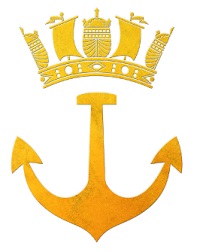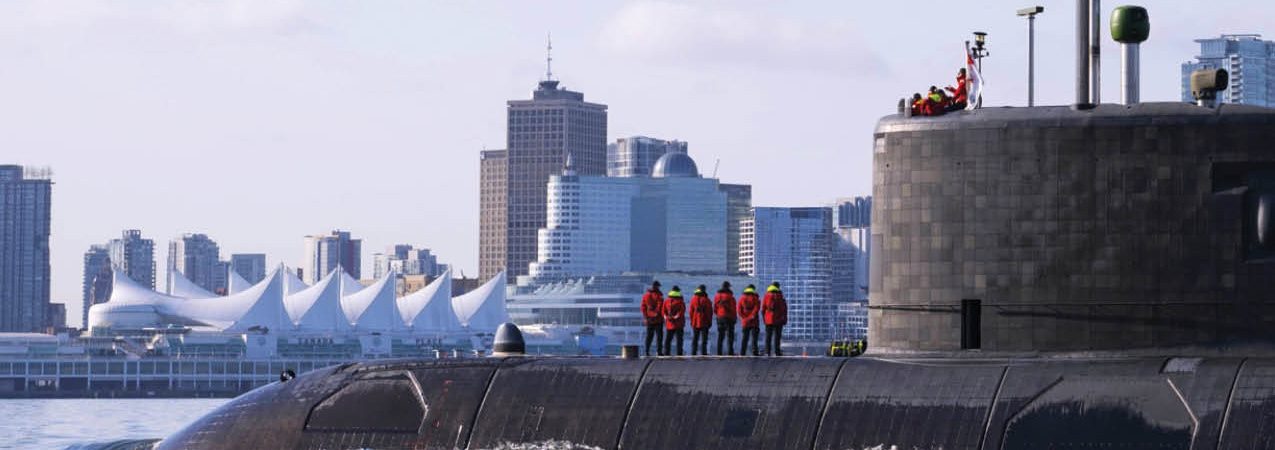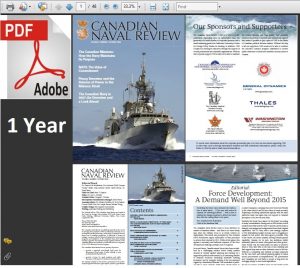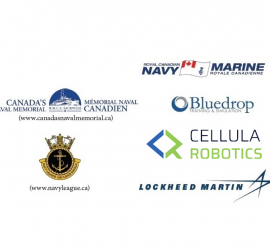Will the New DIA Optimize Defence Procurement?
By Dr. Ann Griffiths, 4 October 2025

The federal government has made investing in defence one of its priorities. And to get that moving, it will be crucial to deal with Canada’s glacial/painful pace of defence procurement. On 2 October the government has announced its solution to this problem – the Defence Investment Agency (DIA).
The plan is to unite and streamline the fragmented and complicated procurement process into one agency. According to the government announcement of the establishment of DIA, there are four major elements of this. First, it will “consolidate procurement processes – removing duplicative approvals and red tape, accelerating defence procurement, and providing industry with greater clarity and certainty.” This includes a centralized process and specialized staff. Second, DIA will “tie procurement more strategically to domestic industrial benefits – creating new careers, growing our economy, and supercharging innovation in aerospace, shipbuilding, and advanced manufacturing.” This will (in theory) help Canadian firms “scale up, develop cutting-edge capabilities, and compete globally,” and prioritize “dual purpose infrastructure that delivers immediate benefits for both our military and Canadians.” Third, DIA will “ensure earlier engagement between the Canadian Armed Forces and Canada’s defence industry, so the military can underscore operational needs, and industry can provide realistic assessments of timelines, costs, and technological options.” And, fourth, it will “align Canada more closely with partners such as the United Kingdom, Australia, and France, who already have dedicated procurement bodies, making joint defence purchases and partnerships easier and more efficient.” [See “Prime Minister Carney launches new Defence Investment Agency to rebuild, rearm, and reinvest in the Canadian Armed Forces faster” at https://www.pm.gc.ca/en/news/news-releases/2025/10/02/prime-minister-carney-launches-new-defence-investment-agency-rebuild]
I like to remain optimistic, but I wonder if this will be another in a long line of hopeful, but ultimately unsuccessful, attempts to speed up procurement and oomph up the Canadian defence industry. I hope it succeeds -- but I’m very interested to hear what Broadsides’ contributors think of the plan.
Post continues on the Broadsides Forum
Trending now:
- Will the New DIA Optimize Defence Procurement?
- Submarines for Canada
- Well Played, Admiral!
- Potential Military Gaps within NATO
- Can DND think outside the US defence box?
- Thinking about Op Caribbe
- Announcing the 2026 CNMT Essay Competition
- Kingston Class Gets Paid-Off
- German Type 212CD & Korean KSSIII the Finalists
- Small Navies in Major Wars: A Hybrid Solution?
- The Amazing Evolution of the Grays Bay Road and Port Project
- USN Pursues MASC - Modularization Redux
- Icebreaking Fleet Renewal Update
- CNR sponsors: visit page
Current Issue: Canadian Naval Review Vol. 21 No. 1

I know the weather is getting better, but we’ll still have rainy days and cool weather. Isn’t it great that soon you’ll have the spring issue to read on a rainy day! I know we say this every time, but this issue is amazing. Prepare to be delighted!
In the upcoming issue, the Editorial by John Orr uses the example of the navy’s fight for naval air to illustrate the idea that the navy needs to win the battle in Ottawa not the battle of operational necessity. In our first article, “The Royal Canadian Navy and Corvettes,” the authors discuss the history the RCN has with corvettes, try to define exactly what corvettes are, and examine the utility that they could provide in the future.
Our second article, “International Alternatives for the Canadian Multi-Mission Corvette Program,” fits very nicely with the first article. It outlines what Canada’s European allies are building and how they are incorporating corvettes in their navies. In the final long piece, we have an interview with Richard Mills of Cellula Robotics. In this very interesting interview, we find out about uncrewed underwater vehicles and their development and utility – and the future of them.
We can’t possibly mention everything in this preview – we can just mention a few other pieces. We have Making Waves commentaries about the Sea Cadets, about using simulations and technology for training, suggestions about RCN fleet composition, and a brief discussion of the Chinese navy. We also have a piece entitled “Nine Things for a Canadian Sailor to Know Before Deploying to the Indo-Pacific.” And, in case you’re wondering, no CNR issue would be complete in this strange new world without a discussion of the changed relationship between Canada and the United States.
Naturally there are book reviews and stunning photos to illustrate everything! You will not be able to put this issue down once you start reading! See the Table of Contents here.
CNR resources

- Previous Issues
- CNR Archives (2005-2025)
- Subject Index for CNR Articles
- Broadsides Forum - Join the Discussion
- Submissions to Canadian Naval Review
- Subscriptions - unlock access to all CNR materials
- Sponsor page
- Book Reviews
- Free CNR articles and PDF downloads
- Follow us on Bluesky and LinkedIn
- Donate to CNR
- Special offer
Read more: CNR Archives (60+ magazines in PDF) and Subject Index (600+ articles)
Looking for Books about Maritime Matters?
Over the last 20 years, Canadian Naval Review has published over 180 book reviews. These books cover a variety of topics but they all relate to maritime matters, history, or security and defence at sea. This is an amazing resource. Go through the list of reviews, pick out a few books that look interesting, read the reviews, and then order the books from your nearest bookstore or from the publisher. See the list of book reviews at https://www.navalreview.ca/book-reviews/








